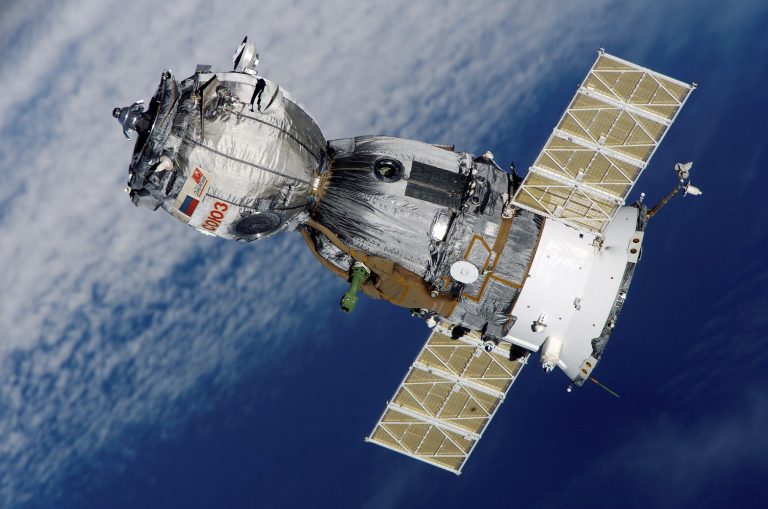
Encoders are used in such a wide array of equipment that they can be found almost anywhere. These include oil rig platforms in the North Sea, mining equipment in Africa and the International Space Station in orbit above the earth. Each of these environments represents challenges in protecting the encoder, such as:
- Salt air and water in a marine environment
- Extreme high temperatures
- Extreme low temperatures
- Dirt, dust and airborne debris
- Hard vacuum
With respect to the ball bearings at the heart of the spindle assembly, the encoder manufacturer ensures protection from the environment via the enclosure. Encoder specification sheets often list an IP rating (a measure of ingress protection).
Encoders may be blasted with high-pressure wash down chemicals or even immersed in liquids. In these cases, the enclosure will have a shaft seal, but in other cases heavy-duty seals are warranted. A hard-anodized finish can be applied to encoders that will operate in a corrosive environment.
In food or medical-grade applications, where wash down may occur, an electroless nickel plating or stainless steel housing is recommended. Encoders need to be resilient to water, moisture and humidity in order to function properly. In medical laboratories, blood samples can be exposed to humidity cycles and reagents.
In addition to enclosure, design engineers also have options to select bearings that are more suited for harsh environments.
Ball bearings are commonly manufactured from AISI 52100 chrome steel. This material has excellent fatigue life in a non-corrosive environment. Bearings manufactured from 440C stainless steel should be selected for use in high humidity, moist, wet or otherwise corrosive environments.
In extreme cases, the selection of a nitrogen enhanced, martensitic stainless steel for the ring material can offer up to five times the corrosion resistance of traditional 440C. Ceramic material for the balls is also available and when combined with the nitrogen enhanced stainless steel material for the rings, offers the ultimate extreme environment bearing.
Bearings that are subject to particulate contamination, such as dirt or dust should be protected by using bearings with integral seals. Contamination entering a bearing is one of the most common causes of premature bearing failure.
The seals are typically made of nitrile rubber and are fixed into the outer ring of the bearing on each side of the bearing (2 seals per bearing). The seal has a lip that makes contact with the face of the inner ring of the bearing for 360°. This effectively prevents most types of contaminants from entering the bearing and retains lubricant as well. However, seals affect the starting and running torque so in cases where torque is critical only one seal can be used and located on the outboard side of each bearing.
Nitrile seals can be used at temperatures up to about 240°F. Teflon seals are also available. These seals have lower torque values, are highly resistant to most chemicals and can withstand higher temperatures. However, they are less effective, fragile and cost more than rubber seals.
For part V, lubrication, click here
Need assistance or further information on bearing choices for encoders, or any other application? Our bearing experts and engineers are ready to help, contact them here.

